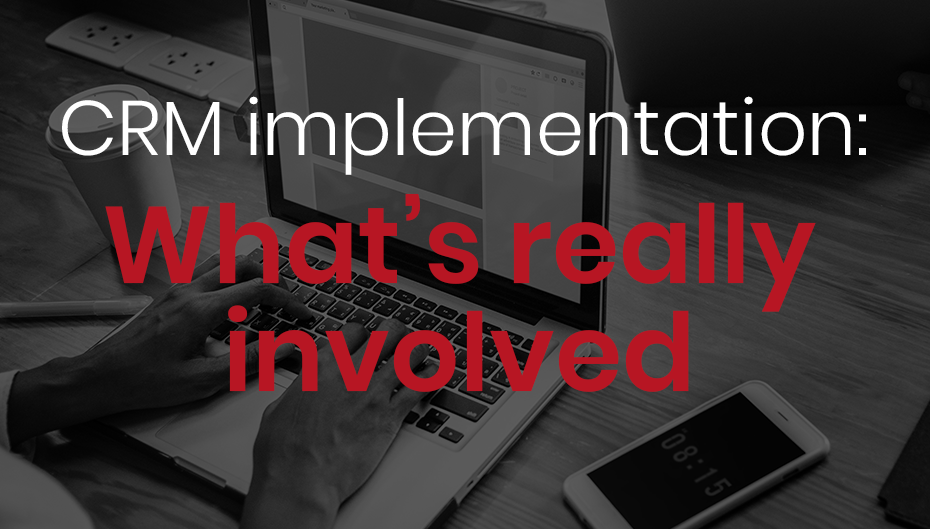“Set up in minutes”
When you’ve realised that the whiteboard and the notepads and sticky notes and spreadsheets just aren’t cutting it for helping you track what’s happening with all those potential deals, who owns them, what they need to do next and what your revenue forecast is, it’s so easy to do a bit of research into “how to choose a CRM” and sign up for a free trial.
When you sign up for a new CRM, it’ll have some guidance on how to use the UI, and how to do things like create pipelines and set up a dashboard. But it’s still up to you to decide on the stages in your pipeline – or which kind of pipelines to create.
When the cracks begin to show
We’ve seen companies who struggle to get reps to update their deals and there’s often a finger pointed at the software, the interface, or just CRMs in general. But when it turns out that they have 7 different pipelines each with 15 stages and 10 custom fields, it’s no surprise that the sales team feel like CRM admin is taking up more time than being on the phone or doing demos.
The culprit for that admin overhead is hidden in plain sight – it’s the inefficient process that your CRM is set up to follow. To get the most out of the software you need to design the process before you even sign up – no matter how quickly the product homepage promises you’ll be up and running!
But what does this have to do with Good Fit Sales?
As a high level concept, it’s great to agree in principle that you want to spend your time focusing on good fit customers, doing the right thing at the right time, and gathering valuable feedback that makes for a smooth handover and a better overall experience for your customers. But day to day you need a way to translate that into how your team spends their time. Just stating your principles won’t magically change behaviour – the key is embedding those principles using a process so people know how to apply them directly to their everyday activities. In this article from Pipedrive, they highlight the importance of the process:
When you know the steps everyone on your team is taking to close deals, you’ll know how everyone is spending their time and be able to identify where a rep is struggling—or the process itself is falling short.
Sales people need to be selling. Ultimately that’s what a CRM should help with. So take the time to make sure you’re using it in the right way to support them, and everyone will benefit.
